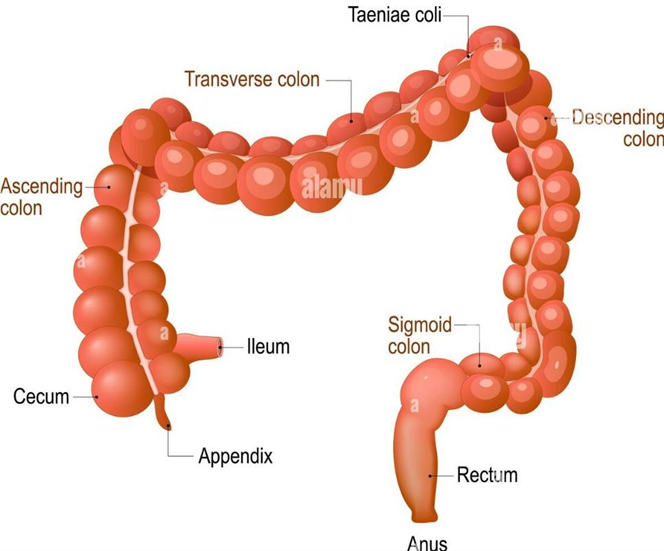The client's IV. placed near the right antecubital space, is running very slowly but does not appear infiltrated and does not have evidence of phlebitis. Which measure should the nurse implement to attempt to improve the flow rate of the IV?
Alter the client's arm position
Place the IV on an infusion pump
Lower the height of the IV pole
Open the clamp as far as possible for one hour
The Correct Answer is A
A. Changing the client's arm position, such as raising or lowering it, could potentially improve flow by altering the gravitational pull on the IV solution. For example, raising the arm could increase flow due to increased pressure, while lowering it could decrease flow. However, this approach may not always be effective and should be done cautiously to avoid discomfort or compromising the integrity of the IV site.
B. Using an infusion pump can help regulate the flow rate of the IV solution more accurately compared to gravity alone. However, if the IV is running slowly due to factors unrelated to the infusion rate setting, such as a partial blockage or resistance in the IV line, using an infusion pump may not necessarily improve the flow rate.
C. Lowering the height of the IV pole can increase the gravitational force acting on the IV solution, potentially improving flow. This adjustment can help overcome minor obstructions in the IV line and facilitate better flow. However, it should be done cautiously to avoid excessive pressure on the IV site or causing discomfort to the client.
D. Opening the clamp fully for an extended period is not a recommended approach. It could lead to rapid infusion or an excessive flow rate, increasing the risk of complications such as fluid overload or vein irritation. Additionally, this action does not address the underlying reason for the slow flow rate and may not effectively resolve the issue.
Nursing Test Bank
Naxlex Comprehensive Predictor Exams
Related Questions
Correct Answer is D
Explanation
D. While considering the opinions of the deceased when making decisions may reflect a continued emotional connection to the deceased partner, it does not necessarily indicate unresolved grief. Many individuals maintain a sense of connection to deceased loved ones and may consider their perspectives or values when making decisions, even after a significant amount of time has passed since the loss. This behavior can be a way of honoring the memory of the deceased and integrating their influence into decision-making processes.
A. Attending grief support group meetings indicates that the client is actively seeking support and processing their grief in a supportive environment. This behavior is consistent with healthy grieving and can contribute to the process of grief resolution by providing opportunities for validation, sharing experiences, and receiving support from others who have experienced similar losses.
B. Being future-oriented and able to discuss the details of everyday life suggests that the client is able to focus on present and future aspects of life, rather than being consumed by grief. This can be a positive sign of adaptation and adjustment to life without the deceased partner. It indicates that the client is able to engage in activities of daily living and plan for the future, which are important aspects of grief resolution.
C. Grief is a complex and individual process that often involves periods of intense emotions, including waves of grief triggered by reminders of the deceased loved one. Experiencing occasional waves of grief triggered by pictures or events is a common experience in the grieving process and does not necessarily indicate unresolved grief. Instead, it reflects the ongoing nature of grief and the client's emotional connection to the deceased.
Correct Answer is D
Explanation
D. The sigmoid colon is the last part of the large intestine before the rectum. It functions to store fecal material and absorb water and electrolytes. Fecal material passing through the sigmoid colon tends to become more solid as water is absorbed, resulting in a more formed stool compared to other parts of the colon.
A. The transverse colon is located in the upper abdomen and is responsible for further absorption of water and electrolytes from the stool. Fecal material passing through the transverse colon tends to become more solid as water is absorbed, but it may not be as solid as stool from the descending colon or sigmoid colon.
B. The ascending colon is where stool is in a more liquid form as it moves up from the cecum. It undergoes further absorption of water and electrolytes as it travels through the colon, but it typically does not produce solid fecal output.
C. The ileum is the final portion of the small intestine and connects to the large intestine (colon). Stool passing through the ileum is still in a relatively liquid state as it contains undigested food particles, bile salts, and digestive enzymes. The primary function of the ileum is absorption of nutrients rather than water reabsorption, so fecal output from an ileostomy is usually more liquid.

Whether you are a student looking to ace your exams or a practicing nurse seeking to enhance your expertise , our nursing education contents will empower you with the confidence and competence to make a difference in the lives of patients and become a respected leader in the healthcare field.
Visit Naxlex, invest in your future and unlock endless possibilities with our unparalleled nursing education contents today
Report Wrong Answer on the Current Question
Do you disagree with the answer? If yes, what is your expected answer? Explain.
Kindly be descriptive with the issue you are facing.
